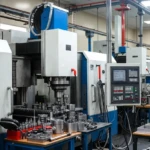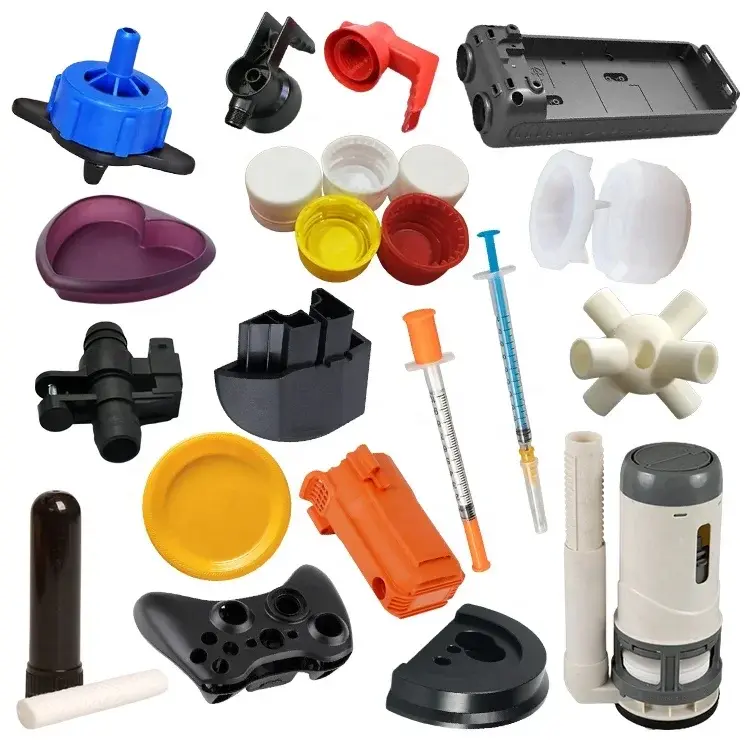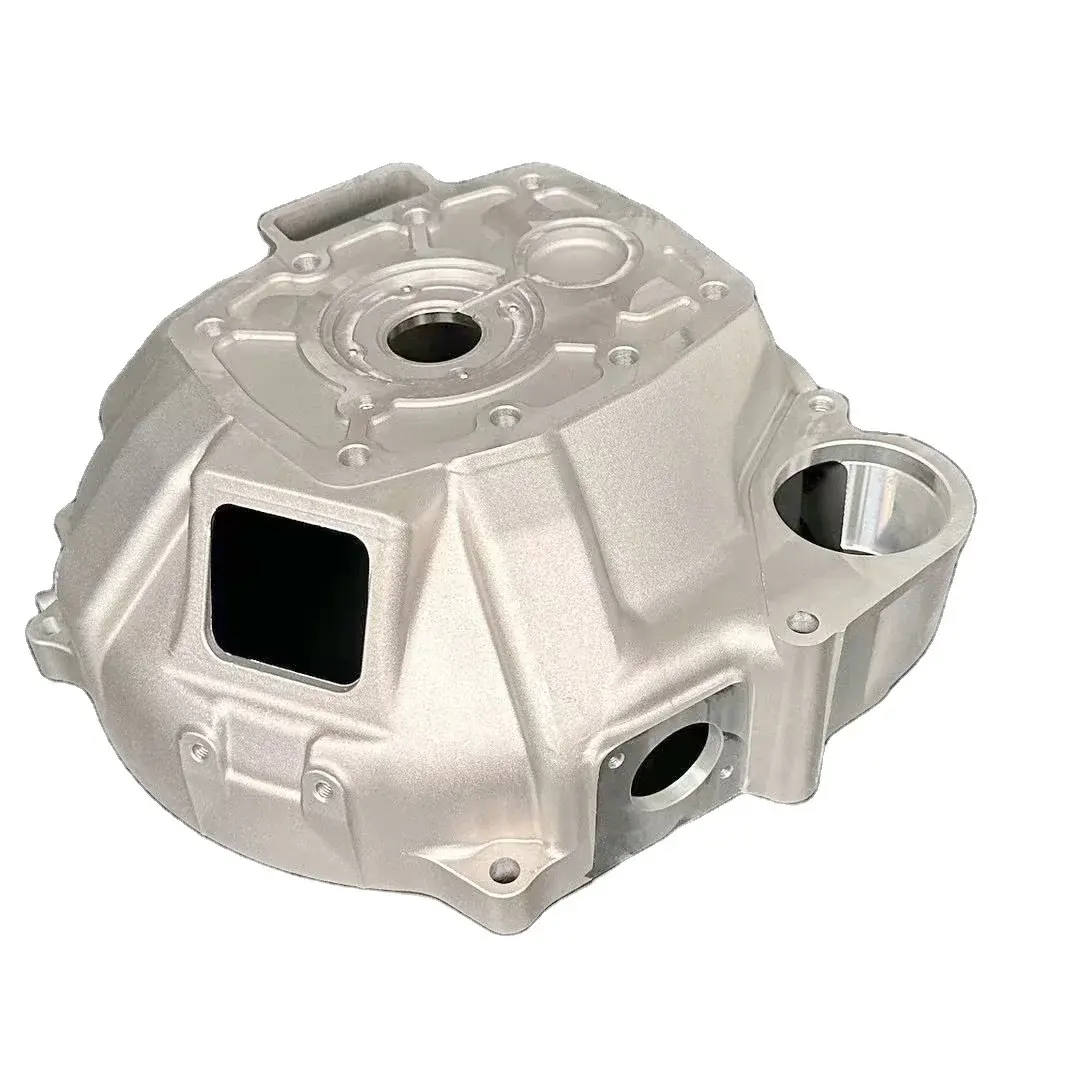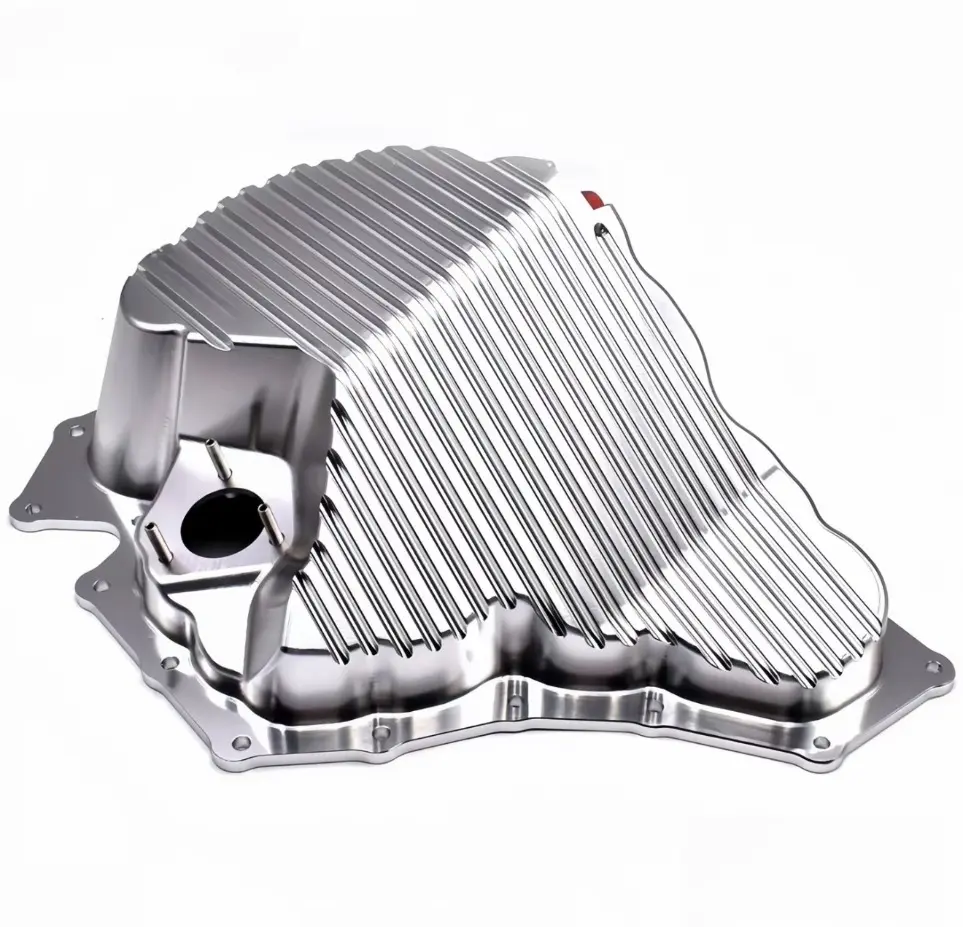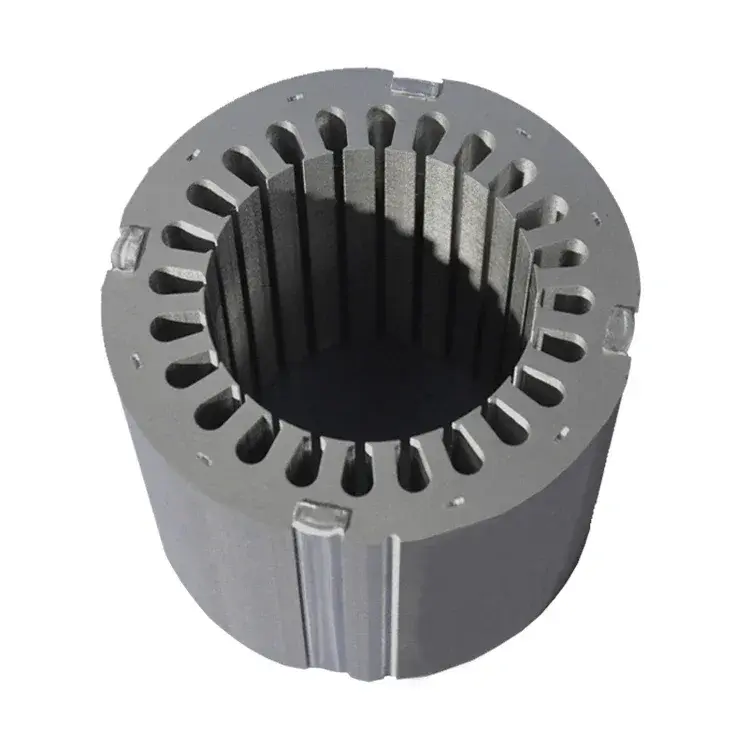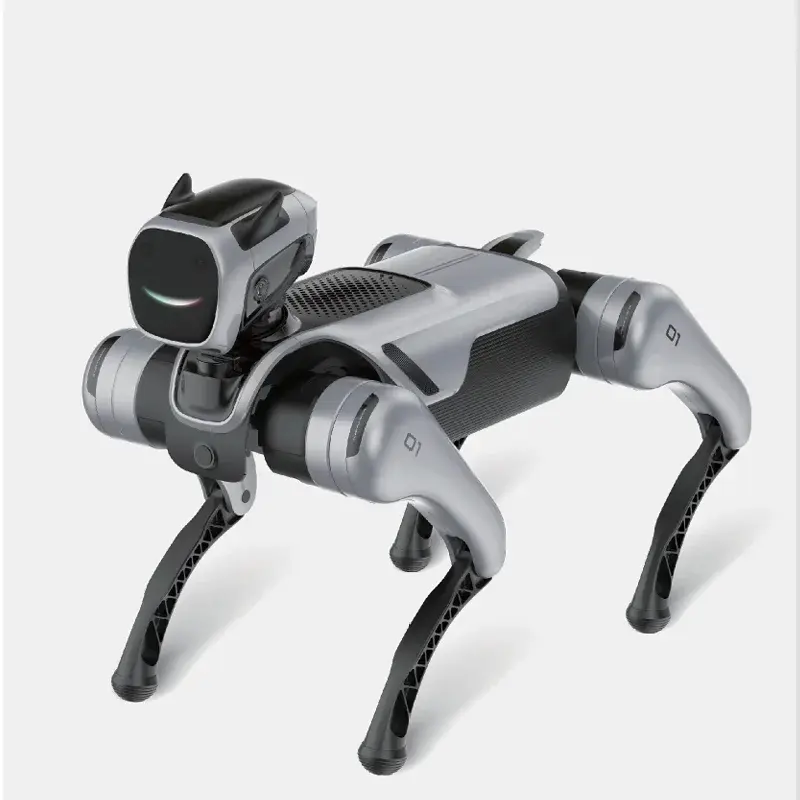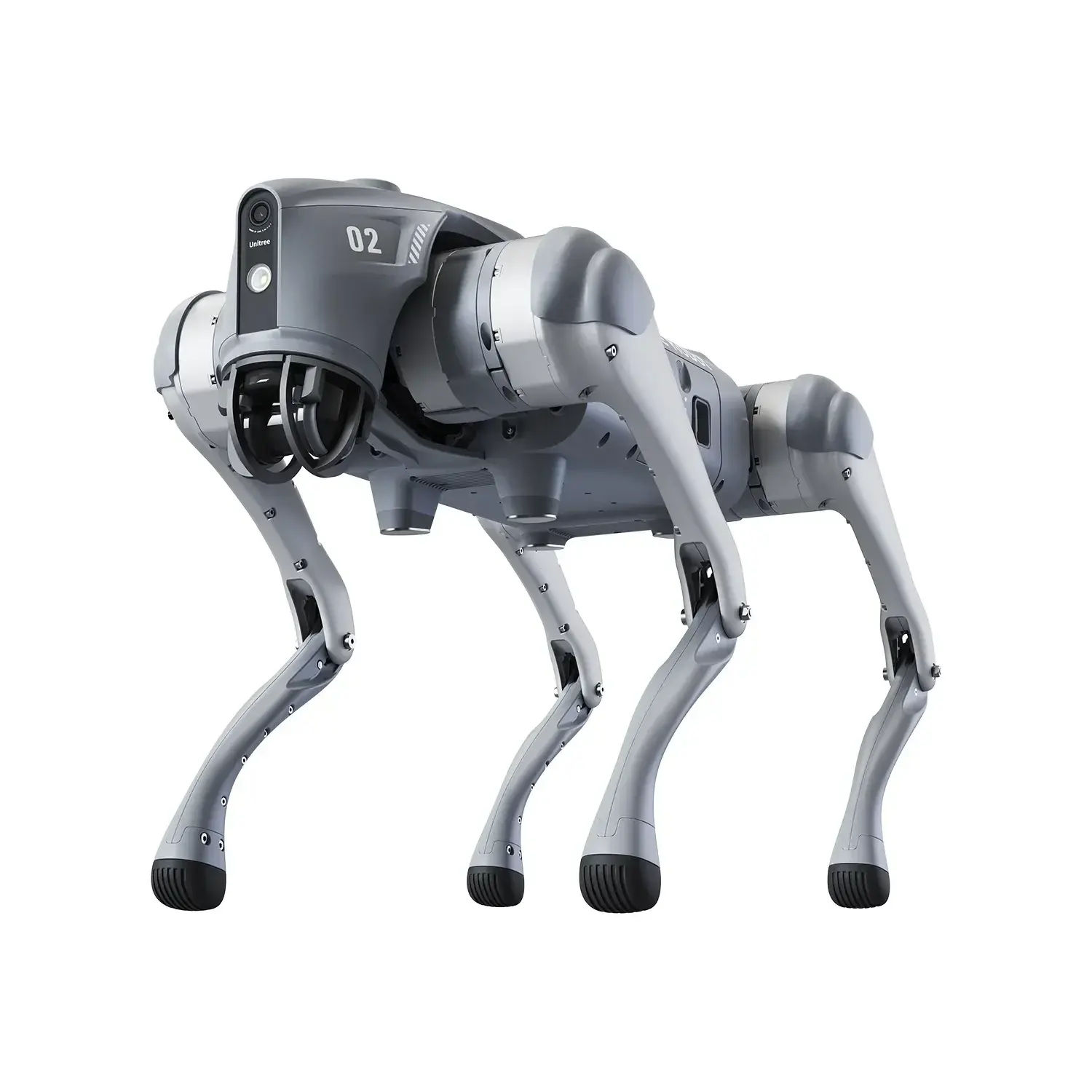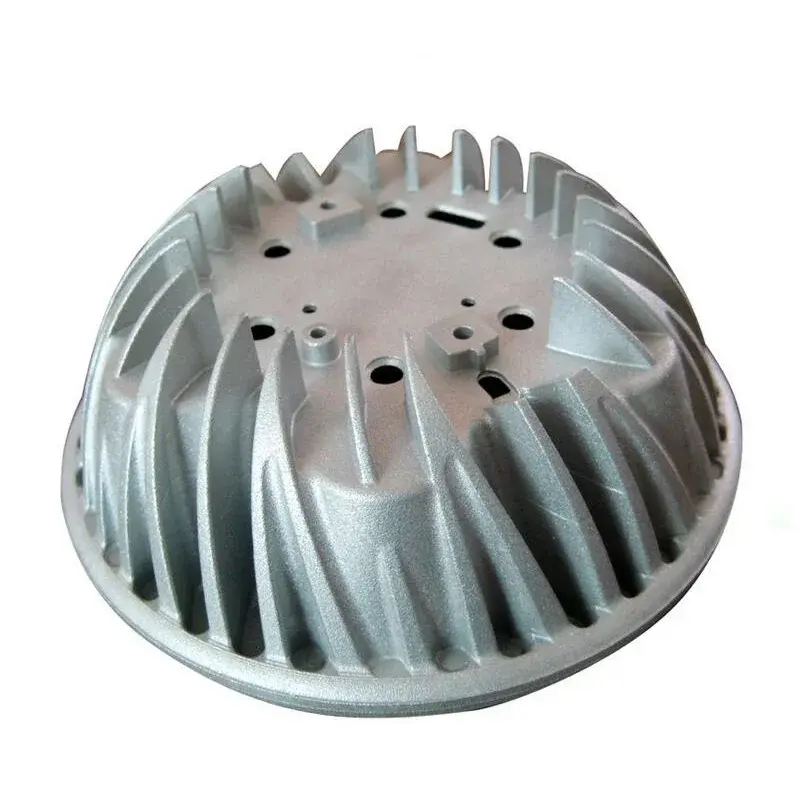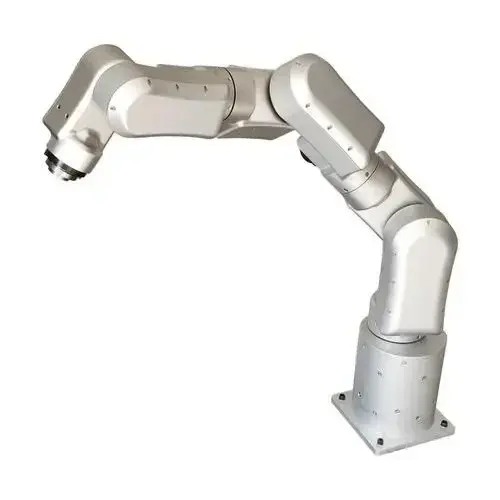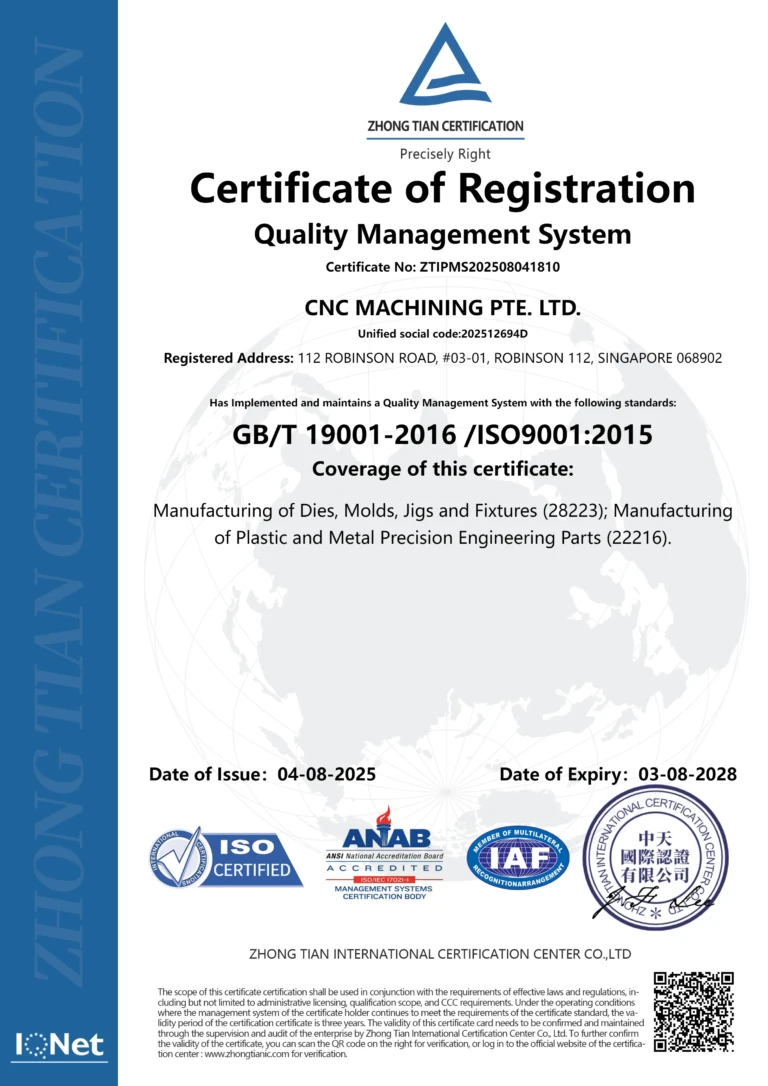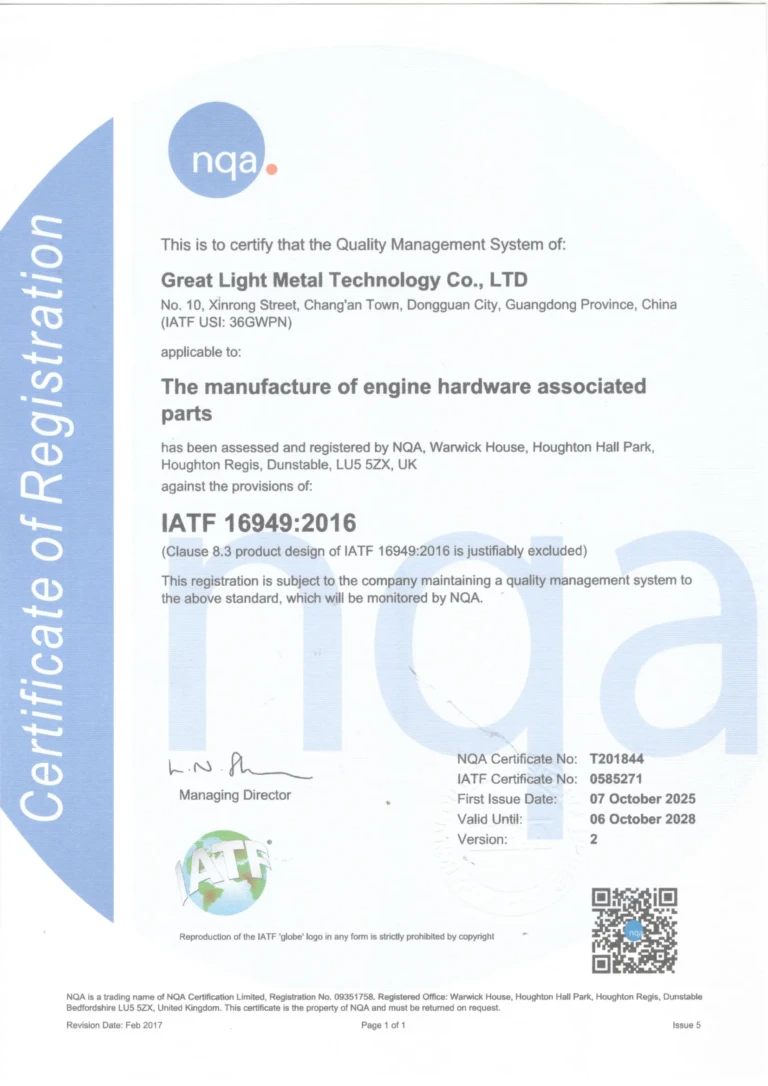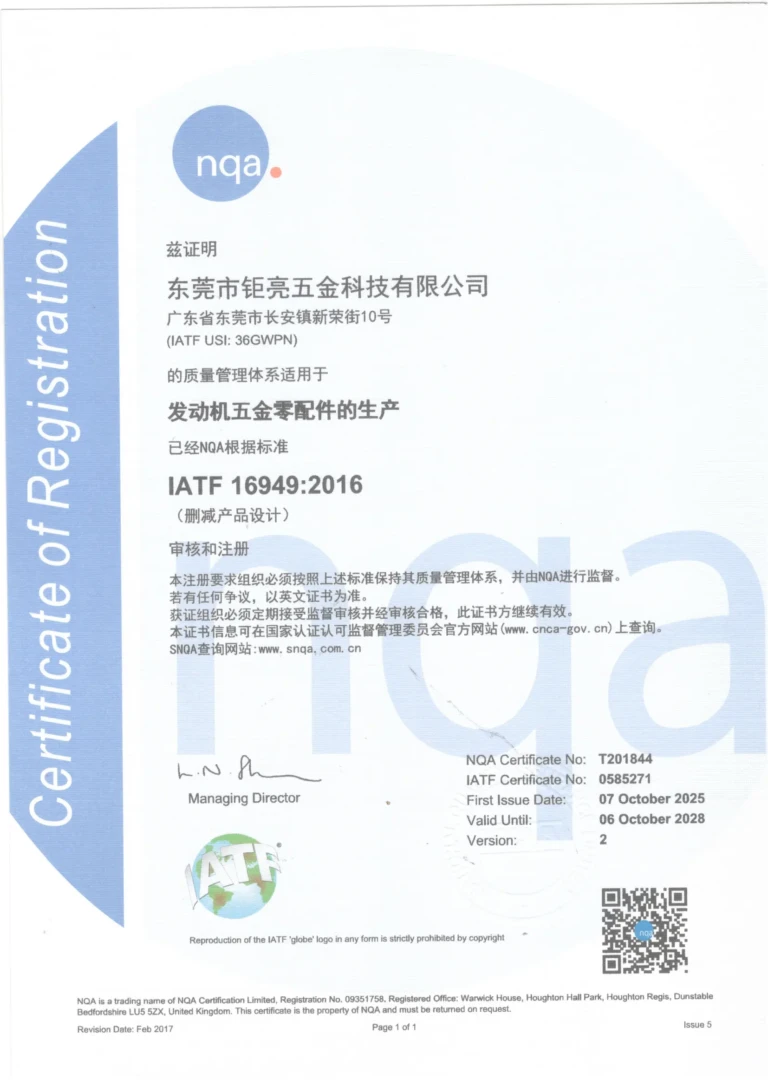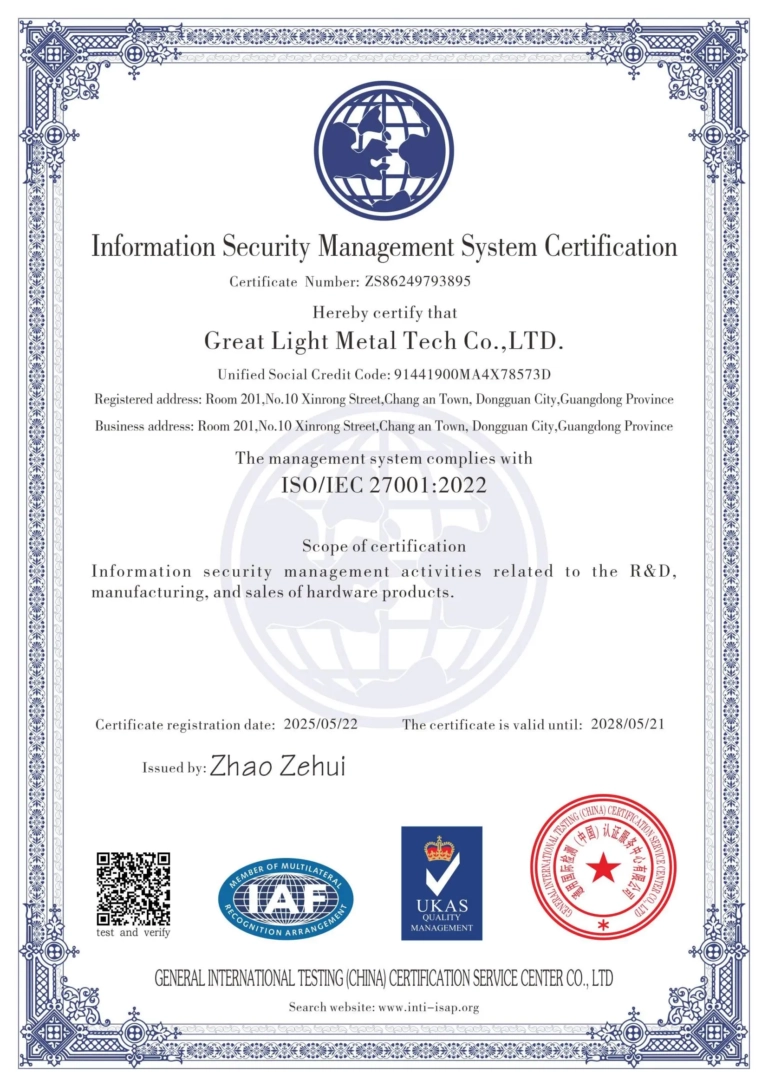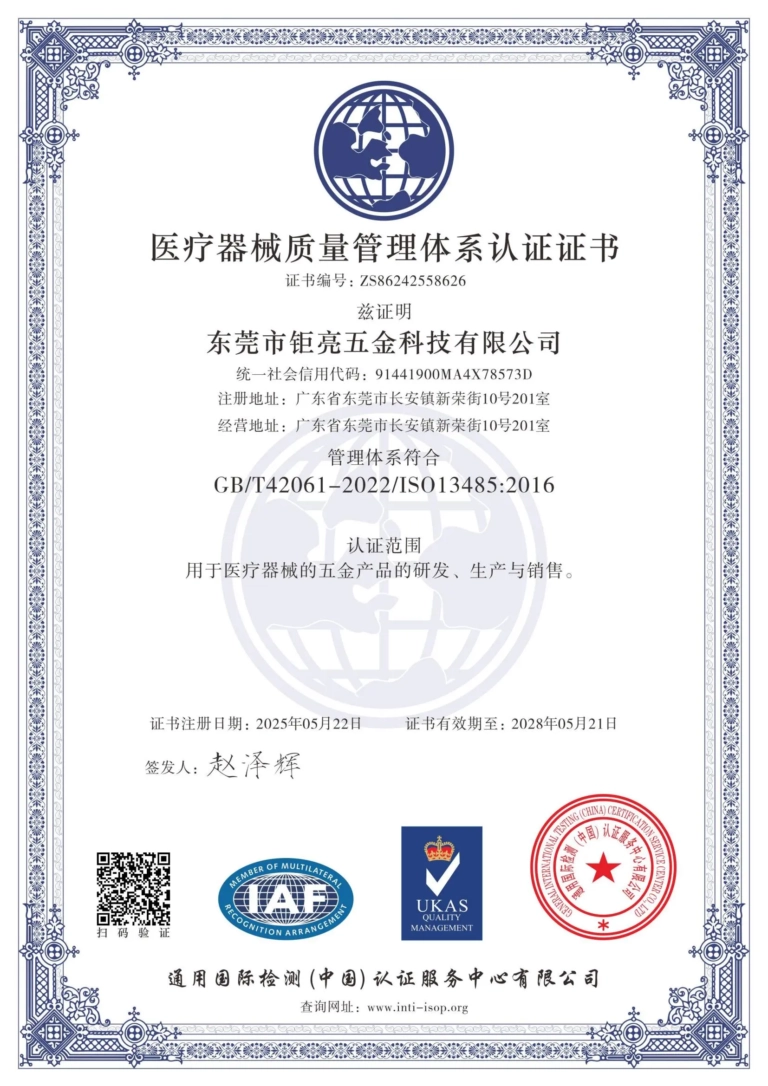Unlock the Power of Frequency Conversion: A Guide to Selecting and Installing the Right Inverters for Cement Factories
As the world’s increasing focus on sustainability and energy efficiency drives, frequency conversion speed regulation technology has emerged as a game-changer in the cement industry. With its high-speed regulation range, high transmission efficiency, and significant energy savings, this technology has the potential to optimize the operations of cement factories and reduce their environmental impact. In this blog post, we’ll delve into the world of frequency conversion and provide a comprehensive guide on selecting and installing the right inverters for cement factories.
The Benefits of Frequency Conversion Technology
Frequency conversion technology offers numerous advantages, including its high-speed regulation range, high transmission efficiency, and significant energy savings. By converting AC power to DC power and then back to AC power, frequency conversion technology can optimize energy consumption and reduce energy waste. This technology is particularly useful in cement factories, where the production process requires large amounts of energy to power machinery and equipment.
Selecting the Right Inverter for Your Cement Factory
When selecting an inverter for your cement factory, it’s essential to consider several factors, including the specific process link requirements, installation form, tension level, and level of protection. Here are some tips to keep in mind:
- Control Methods: Inverters can be classified based on their control methods, such as general types and engineering types. General types are suitable for simple control and low requirements, while engineering types are designed for more complex control and higher performance.
- Installation Form: Inverters can be classified based on their installation form, including fixed types, book types, and cabinet types. The appropriate installation form depends on the power of the controlled engine and on-site installation conditions.
- Tension Level: Inverters can be classified based on their tension level, which includes 1AC230V, 3AC208 ~ 230V, 380 ~ 460V, 500 ~ 575V, and 660 ~ 690V.
- Level of Protection: Inverters can be classified based on their level of protection, including IP00 and IP54.
Installing the Inverter Correctly
Proper installation is crucial to ensure the normal operation of the inverter. Here are some tips to keep in mind:
- Environmental Considerations: Cement factories are typically high-dust environments, so the inverter must be installed in an electric control room or a warehouse with minimal environmental concerns.
- Cable Selection: The inverter command line should use armored cables, and the armored measurement should be taken for the inverter load output line to avoid interference with nearby instruments.
- Wiring Considerations: Pay particular attention to the input and output lines of the power, and ensure that they are not connected incorrectly.
Setting and Debugging Parameters
Before starting and debugging the inverter, it’s essential to define all parameters according to the load characteristics. This includes checking for any errors and performing a thorough test run. During the start-up process, pay particular attention to the output current of the inverter and observe carefully.
Conclusion
In conclusion, selecting and installing the right inverter for your cement factory requires careful consideration of several factors, including control methods, installation form, tension level, and level of protection. By following the guidelines outlined in this blog post, you’ll be well on your way to optimizing the operations of your cement factory and reducing its environmental impact. Remember to always prioritize proper installation and setting of the inverter parameters to ensure smooth operation and maximum efficiency.
Share Your Thoughts!
What are some of the biggest challenges you face when selecting and installing inverters in cement factories? Have you had any successful experiences with frequency conversion technology in your own work? Let us know in the comments below!



